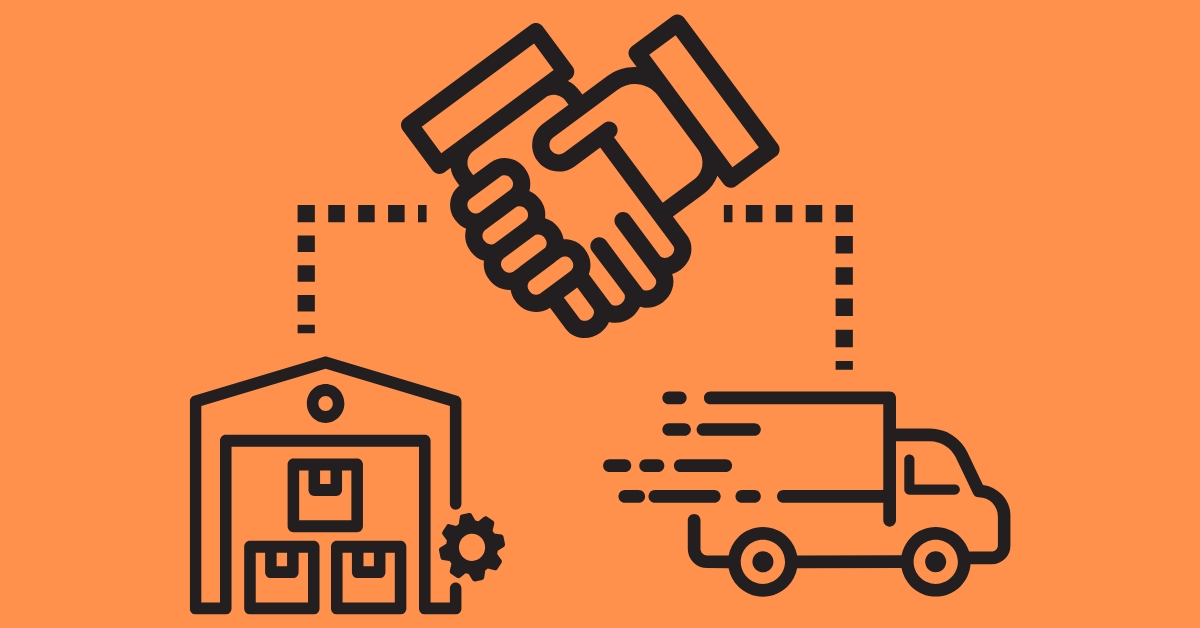Currently Empty: $0

Balancing Creativity with Profitability: How to Maintain Creative Integrity While Meeting Budget Constraints
Introduction
In the world of creative industries, balancing creativity with profitability is one of the most challenging yet essential tasks. Whether you’re a designer, filmmaker, artist, or entrepreneur, you’re often caught between your desire to produce something unique and inspiring and the reality of tight budgets. How do you maintain creative integrity while staying within financial limits? This blog explores strategies to help you achieve that balance without sacrificing quality or vision.
1. Understanding the Big Picture
The first step to balancing creativity and profitability is understanding the scope of your project. By defining clear goals and priorities early on, you can identify which aspects of your work require a higher budget and which areas can be adjusted or simplified. Having a strong grasp of your project’s purpose and target audience allows you to focus your resources on what matters.
2. Set Realistic Expectations
When working with limited budgets, it’s important to set realistic expectations for both yourself and your client. This includes being upfront about what can and cannot be accomplished within the financial constraints. Transparency is key to avoiding misunderstandings and ensuring everyone is on the same page.
3. Creative Problem Solving
Sometimes, budget limitations can push you to think more creatively. Instead of seeing financial constraints as a limitation, view them as an opportunity to innovate. By finding cost-effective materials, tools, or methods, you can often produce something even more original and resourceful than what a larger budget might allow.
4. Prioritize Key Elements
Not every aspect of a project needs to be expensive or extravagant. Focus on the elements that are crucial to delivering your message or concept. Whether it’s a specific design feature, an emotional scene in a film, or the overall user experience, prioritizing key elements will help ensure your project stays within budget while preserving its creative core.
5. Collaborate and Outsource
Another way to balance creativity and profitability is through collaboration. Partnering with other creatives or outsourcing parts of your project can often reduce costs while maintaining quality. When you delegate non-essential tasks to others, you free up time and resources to focus on the more creative and high-impact areas of your project.
6. Embrace Technology
Advancements in technology have made it easier than ever to produce high-quality work on a budget. From design software to 3D printing, leveraging the right tools can save both time and money without compromising your creative vision. Stay updated on the latest innovations in your field to make the most of cost-effective solutions.
7. Continuous Learning and Adaptation
The most successful creatives are those who are always learning and adapting. By staying open to new techniques, trends, and tools, you can find ways to stretch your budget without cutting corners. Continuous learning allows you to remain competitive and ensure your creative work remains profitable over time.
Conclusion
Balancing creativity with profitability doesn’t have to mean sacrificing quality or compromising your vision. By understanding the big picture, setting realistic expectations, embracing creative problem-solving, and prioritizing key elements, you can maintain your creative integrity while working within financial constraints. Ultimately, it’s about finding harmony between your artistic goals and the practical realities of your budget.
#CreativeIntegrity #BudgetFriendlyCreativity #ProfitabilityInArt #CreativeProblemSolving #InnovationOnABudget #BusinessOfCreativity #CostEffectiveDesign #CreativeSuccess #ArtAndProfit #BalancingArtAndBusiness


 0
0



